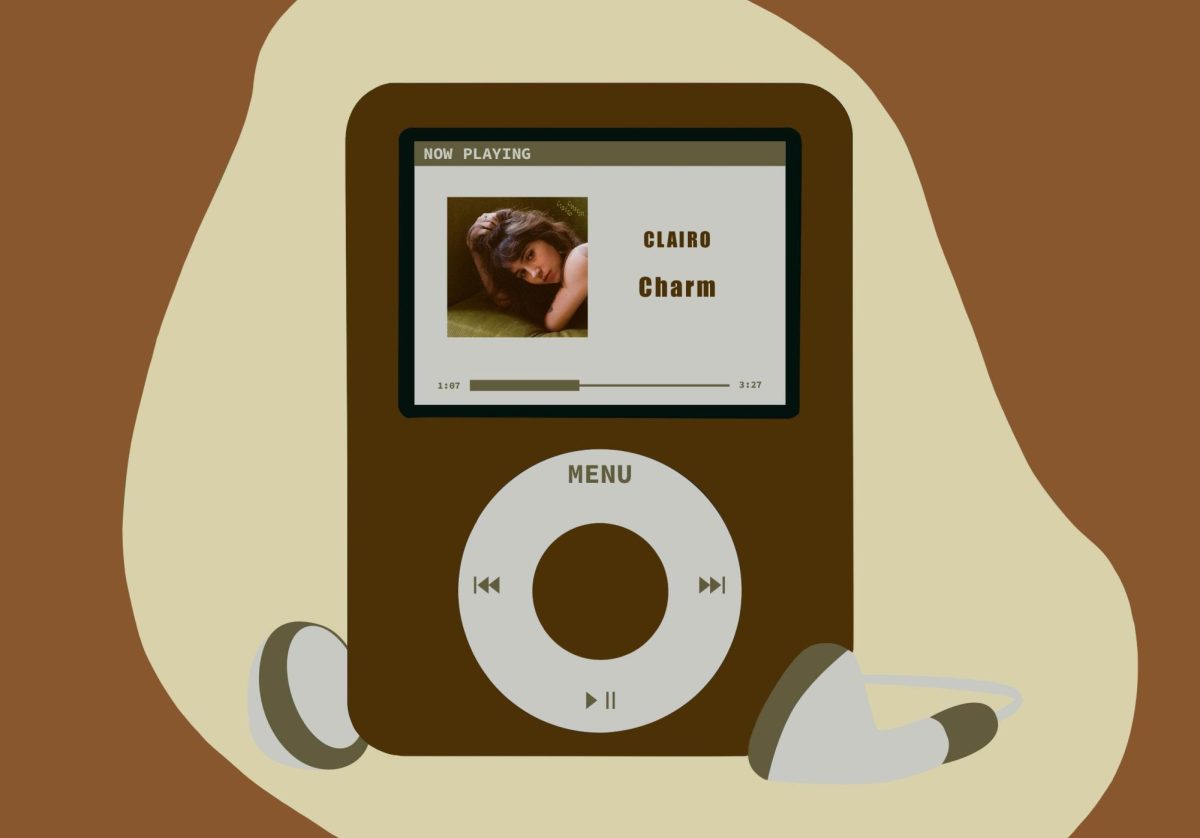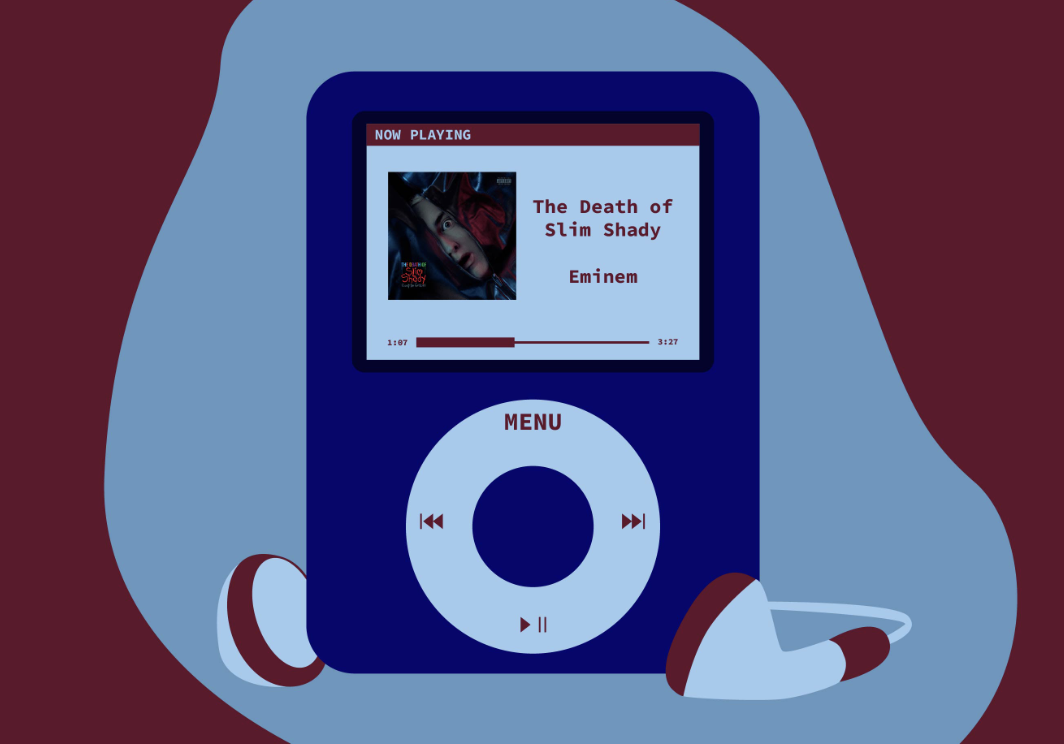English singer and former Smiths frontman Morrissey once sang “We hate it when our friends become successful.”
One of the Twin Cities’ music scene’s best friends is Aesthetic Apparatus, the duo behind some of the most memorable and sought-after posters in recent memory. The two-man team of screen printers Dan Ibarra and Michael Byzewski has gained national notoriety without leaving behind the bands, bars and ideals that made them some of the print world’s newest stars. And we couldn’t be happier for them.
If your band is lucky enough to have worked with these guys, (and in the interest of full disclosure, I should point out that my band has, and we are happy to call the principals our friends), then you already know that their combination of great abilities, good politics and an appreciation of various types of music played by bands at all levels makes them easy to work with. You also know that some of the most original images to hit paper are coming out of their studio.
The modest, laid-back pair has become somewhat reluctant ambassadors of the “new Midwest,” a place and an attitude that, according to Ibarra, encourages risk-taking and creativity while avoiding the hint of pretension. “I imagine that the coasts don’t really think about the Midwest, so we really get to sit here and incubate, and that’s where the most interesting work comes from,” Ibarra said after relating a tale of his trip to the Grammy Awards in 2001, which he characterized as an unsettling peek into the world of the major labels.
Ibarra and Byzewski are far from their beginnings as a side project in a Madison, Wis., basement that took shape while they were employed at Planet Propaganda, a well-regarded design firm. Now they can be found speaking at events such as the Walker Art Center and American Institute of Graphic Arts “Insights” lecture series, and this year’s HOW design conference. They have also appeared in several prestigious design publications, including Print, Communication Arts, HOW and ReadyMade, as well as many music magazines, such as Rolling Stone and C.M.J.
“Basically we’ve stumbled into this role,” Ibarra says, “we’re trying to have fun with it, but we also have a responsibility to not let the press we get go to our heads, which is easier since we both basically get paid near-poverty level wages.”
Aesthetic Apparatus has come to be closely associated with the beginning of the most recent poster art renaissance. The latest boom has brought back a level of craftsmanship to rock ‘n’ roll posters that has been lacking since the last wave of print-mania in the early 1990s. That wave followed the flowering of psychedelic rock posters in San Francisco and London in the 1960s. Ibarra speaks of this “third wave” fondly and frankly, saying, “I think it’s very exciting, but it’s going to die, it has to, just like any trend. It’s fun to be a part of, and I’m glad we were kind of at the beginning and may have influenced people to go out and make their own art.”
But for its current project, an exhibition at downtown Minneapolis’ Ox-Op art gallery, Aesthetic Apparatus has turned their attention away from making rock posters and toward creating “art,” a term they use cautiously, with an uneasy look on their faces.
“It’s much harder to make art. Posters are a lot easier because there is something to latch on to. There’s a feel that you have to convey. This band is funny, or this one is pretty hard core. Just starting with nothing makes it much harder,” Ibarra said.
The pieces in the show include all of the now identifiable hallmarks of Aesthetic Apparatus’s work. There is heavy use of found images, strange illustrations and odd juxtapositions. When asked if the show has a theme, Ibarra hesitated to put all of the pieces under a single banner, but spoke about playing with ideas of innocence and thinking about “how America is seen, and how it may want to be seen.”
Familiar images are altered, obscured, or shown in an unexpected context. Michael Jackson appears as a sort of sad clown figure, while President Bush is shown back on the ranch in a series of posters the team designed for the “Poster Offensive” show held in Minneapolis last weekend.
Despite their growing recognition, Ibarra and Byzewski remain suspicious of museum-oriented high art. They continue to identify more closely with ideas and aesthetics associated with punk rock or street culture. They also have maintained a business approach that privileges ethics and enjoyment over profit. This echoes the stance taken by one of their music business heroes, Washington, D.C.-based Dischord Records, and makes them a good fit for Ox-Op.
Gallery owner Tom Hazelmyer has been a stalwart of the Twin Cities underground for approximately twenty years. Beginning with his record label, Amphetamine Reptile, which features such seminal post-hardcore bands as Helmet, Cows, Boss Hog and the Melvins, Hazelmyer helped popularize what had been previously underground music. Amphetamine Reptile’s output represents a high point in the recent cultural history of the Twin Cities.
In the post-Amphetamine Reptile period, Hazelmyer has had his hand in a number of different ventures, including ownership of Grumpy’s, a local bar and restaurant that has grown into three locations, and Flame Rite, a company selling Zippo lighters that feature custom designs by some of the biggest names in graphic and poster arts.
Throughout his various projects, Hazelmyer has maintained a keen focus on graphics, designing some of his own record sleeves and forming relationships with artists who now occupy prestigious places in the design world, including Coop, Frank Kozik, Art Chantry and several others. “I remember always being into art,” Hazelmyer said, “but not gallery showings, et cetera, because at that time, and to a large extent still, the stuff in galleries was just dreck.” Hazelmyer was drawn to art that gets a more immediate gut reaction, saying “galleries had no interest for me, they drained everything visceral out of art and you’d end up with things like blank canvases with 14-page titles.”
Flame Rite allowed Hazelmyer to expand his contacts in the art world, and in 1999, he began having shows in the side room of the downtown Grumpy’s location. His early shows included all of the artists already named and artists who have done design for Flame Rite, such as Shepard Fairey (of Obey Giant fame), Billy Childish and Shag. The early shows were successful, but being hung inside the bar they could only be shown for a weekend at a time for fear that works might be stolen or damaged. Hazelmyer decided that to do things right, he had to expand.
Thus Ox-Op was born. An extension built on the back of Grumpy’s downtown became the full-time gallery space where shows could be hung longer away from the bar setting.
This allowed Hazelmyer to showcase more fully his favorite artists. He emphasizes the difference between shows at Ox-Op and most galleries, which he characterizes as “not coming from the heavy-duty art world/art school background. It isn’t from the museum set, and most of the people we show have scrapped that whole pretentious guide book of rules that you get from art school that says you can’t have an average person walk up and immediately like your painting, because that’s too visceral, that’s wrong or it means you haven’t achieved something.”
Lately, Ox-Op has hosted shows put on by outsider celebrities Niagara and Devo’s Mark Mothersbaugh, Fairey, Shag, and renowned artists and designers like CSA Design and Tim Biskup. Aesthetic Apparatus is the latest to join an awesome group of Ox-Op alumni that continues to redefine art, the gallery and how we relate to both.
Aesthetic Apparatus and Ox-Op both offer art without the stuffiness. The attitude here is not of pretension or exclusion, but of building a world around what moves you. Hazelmyer, Ibarra and Byzewski all echo similar commitments to punk rock’s DIY mentality and avoid paying attention to trends and fashions, but more importantly, they all bring any discussion of why-they-do-what-they-do back to a deep sense of personal satisfaction.
The moral is to do what you love, love what you do, be yourself and define success on your own terms. This way the world can never tell you you’re doing it wrong.
















